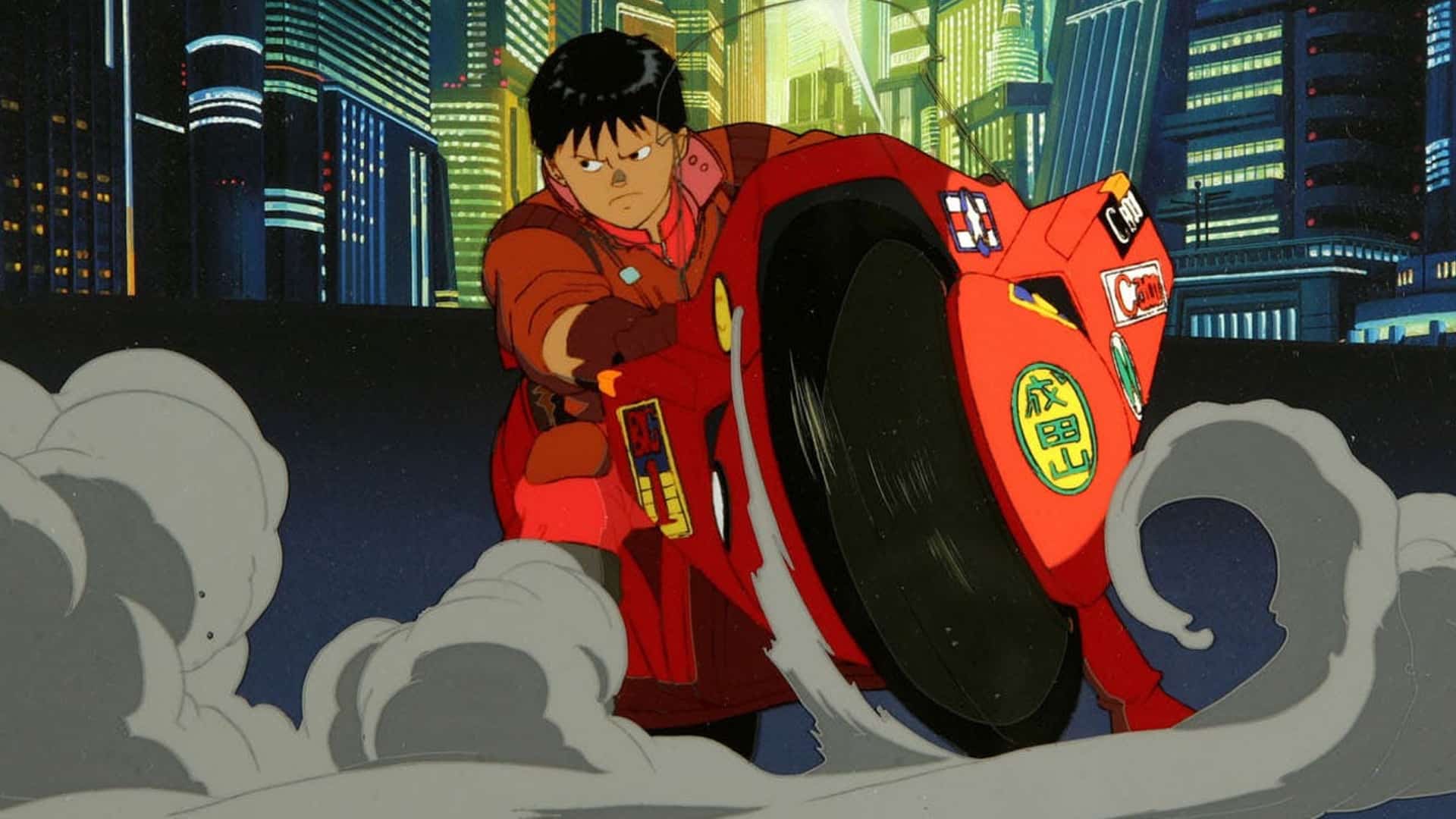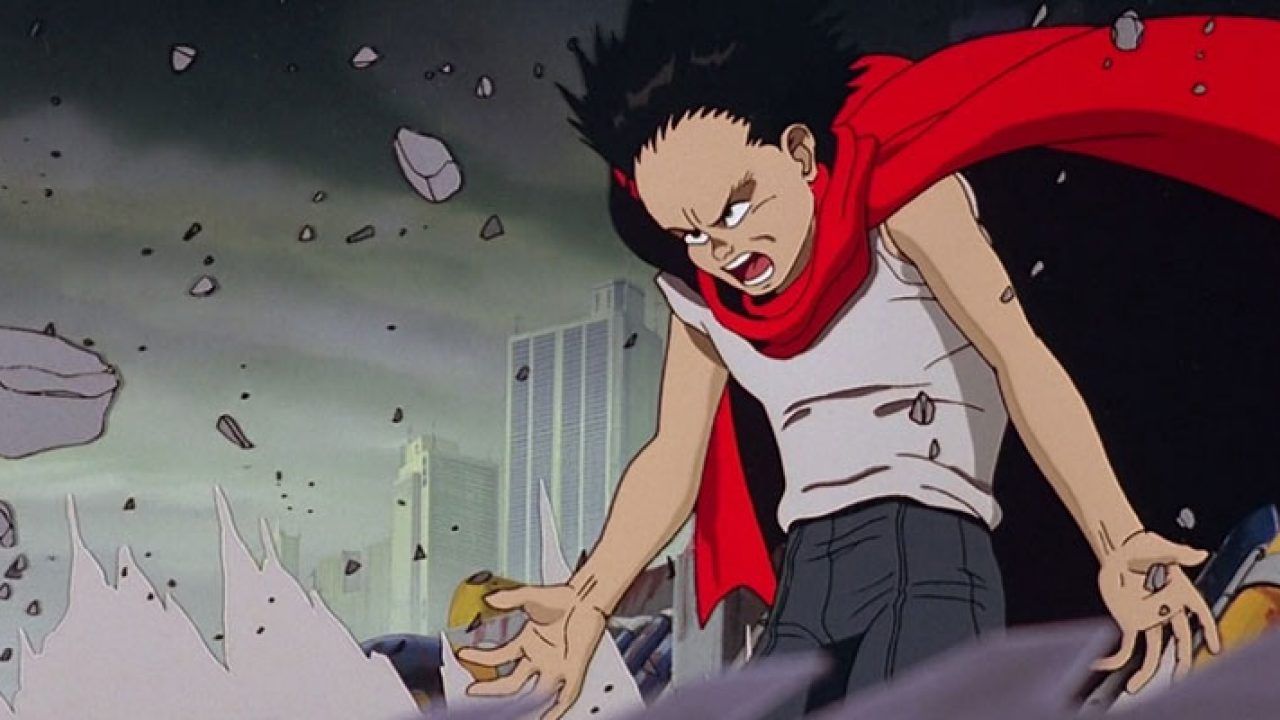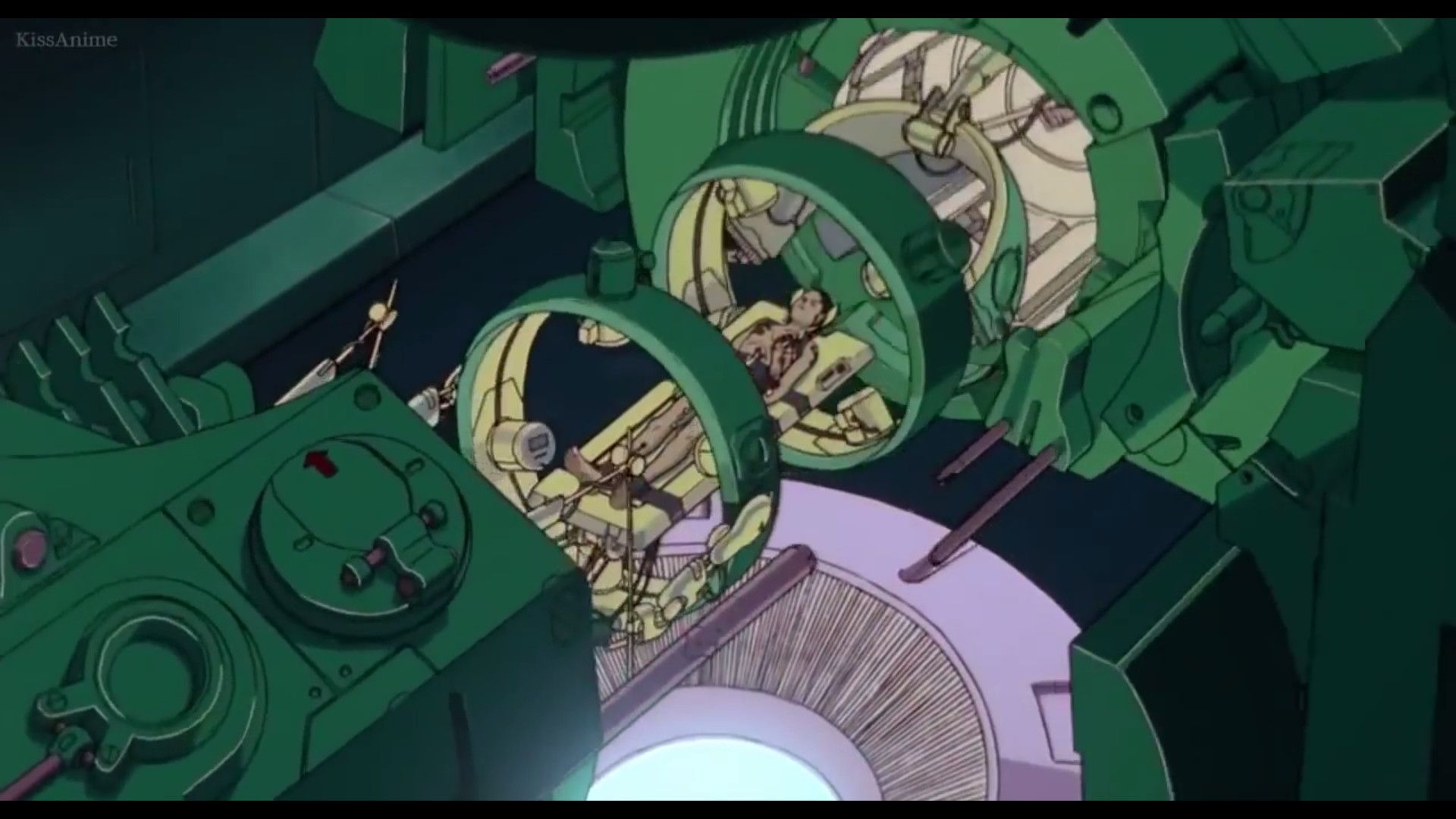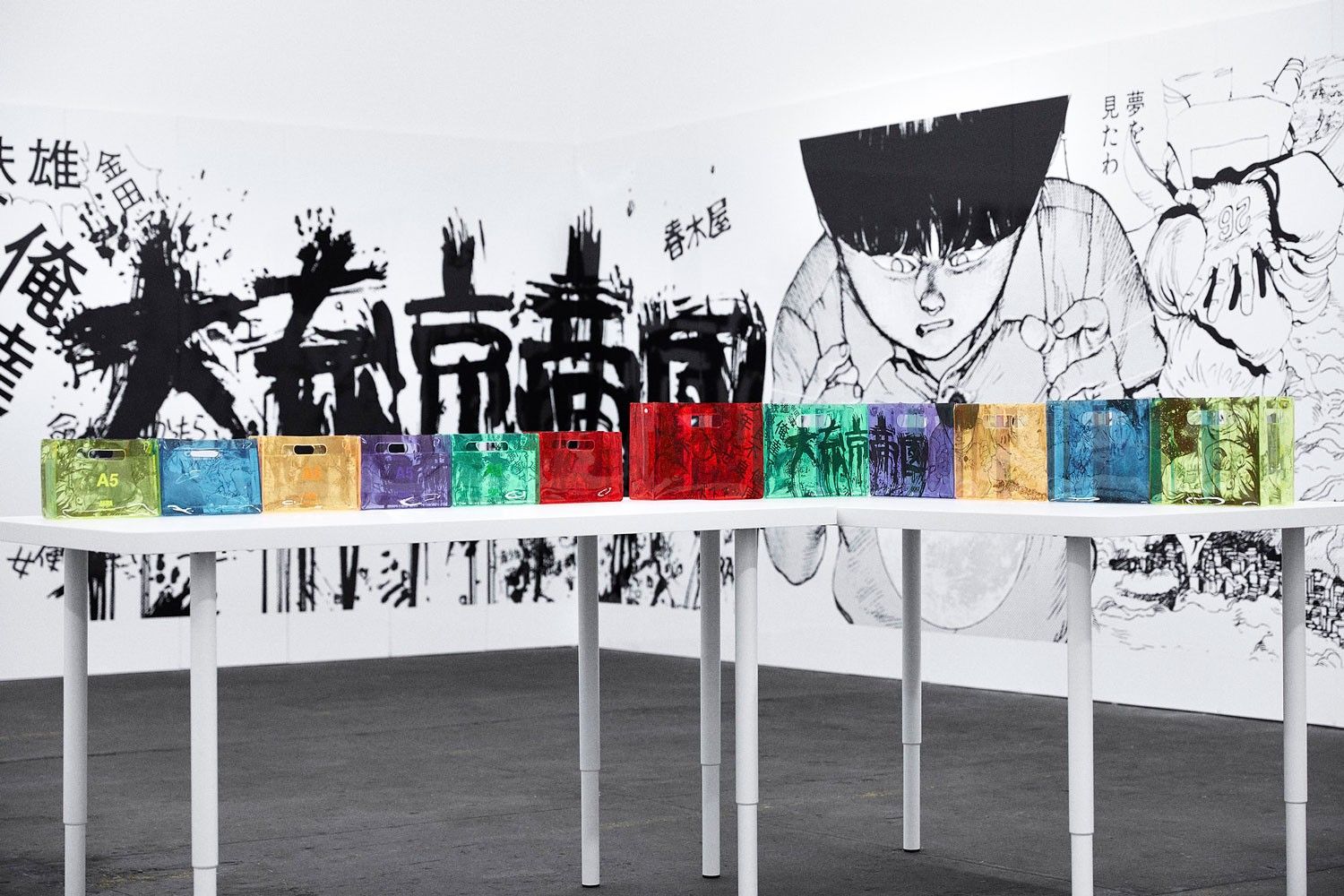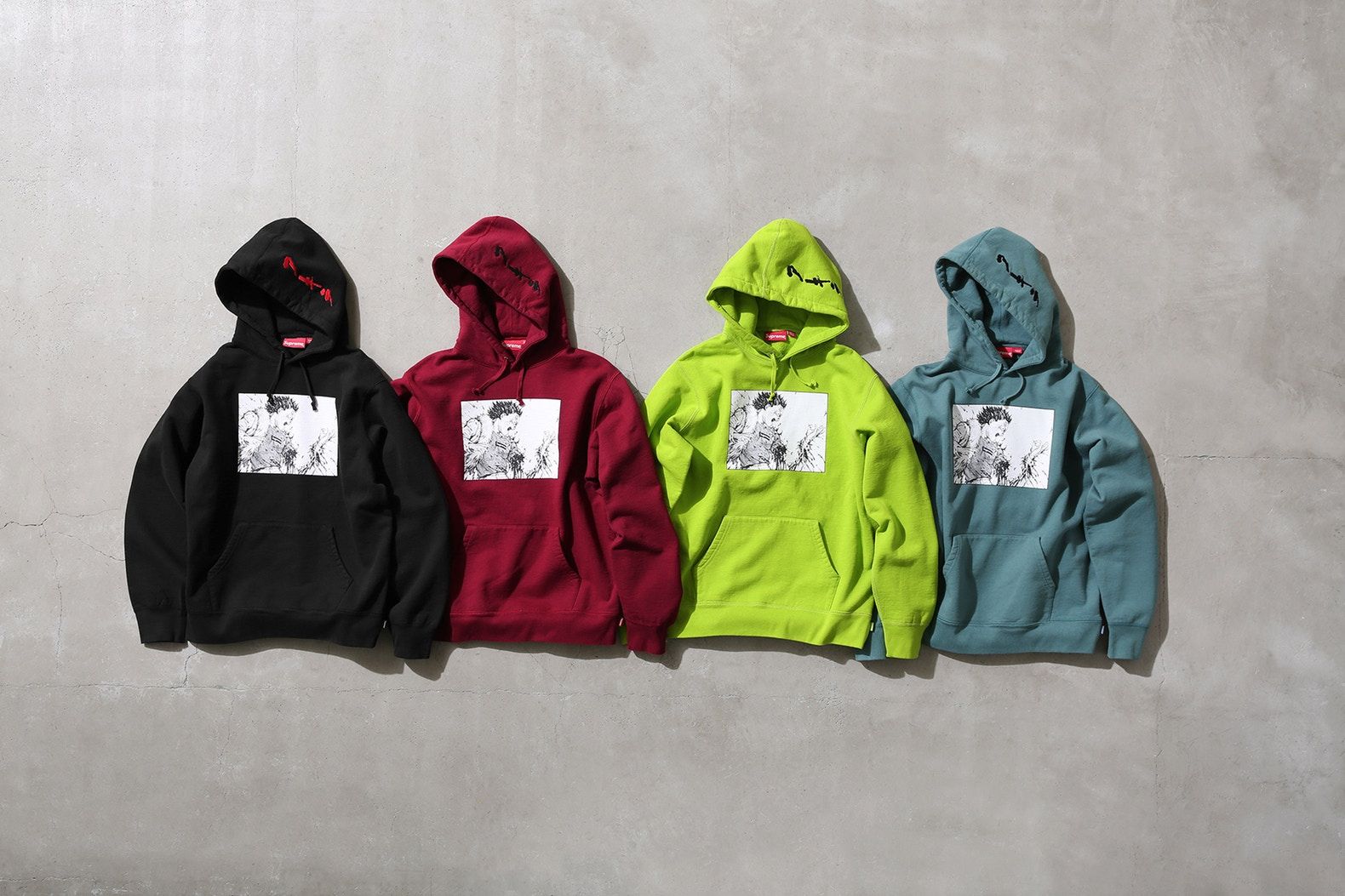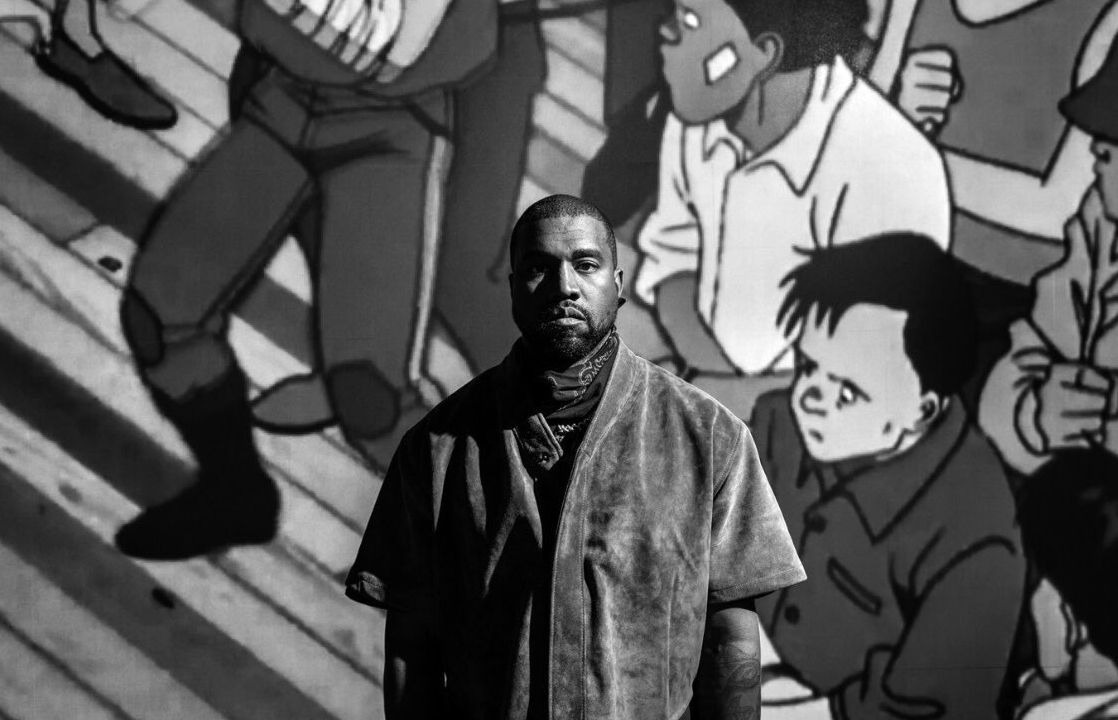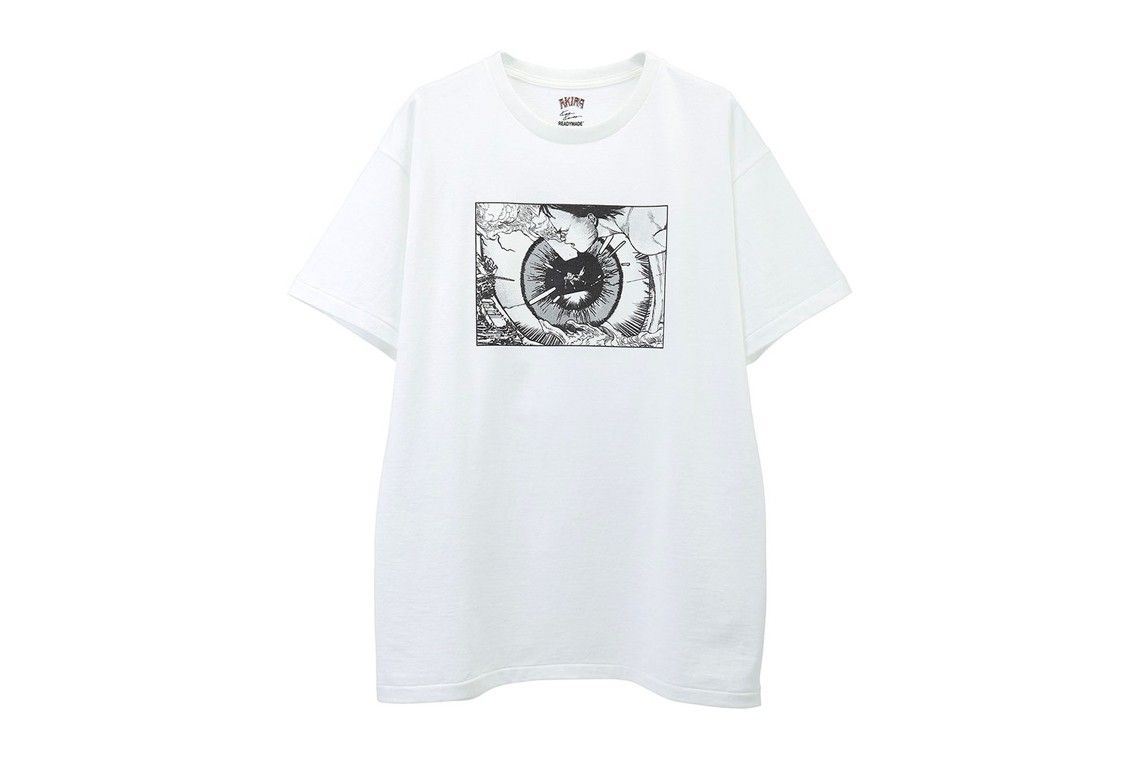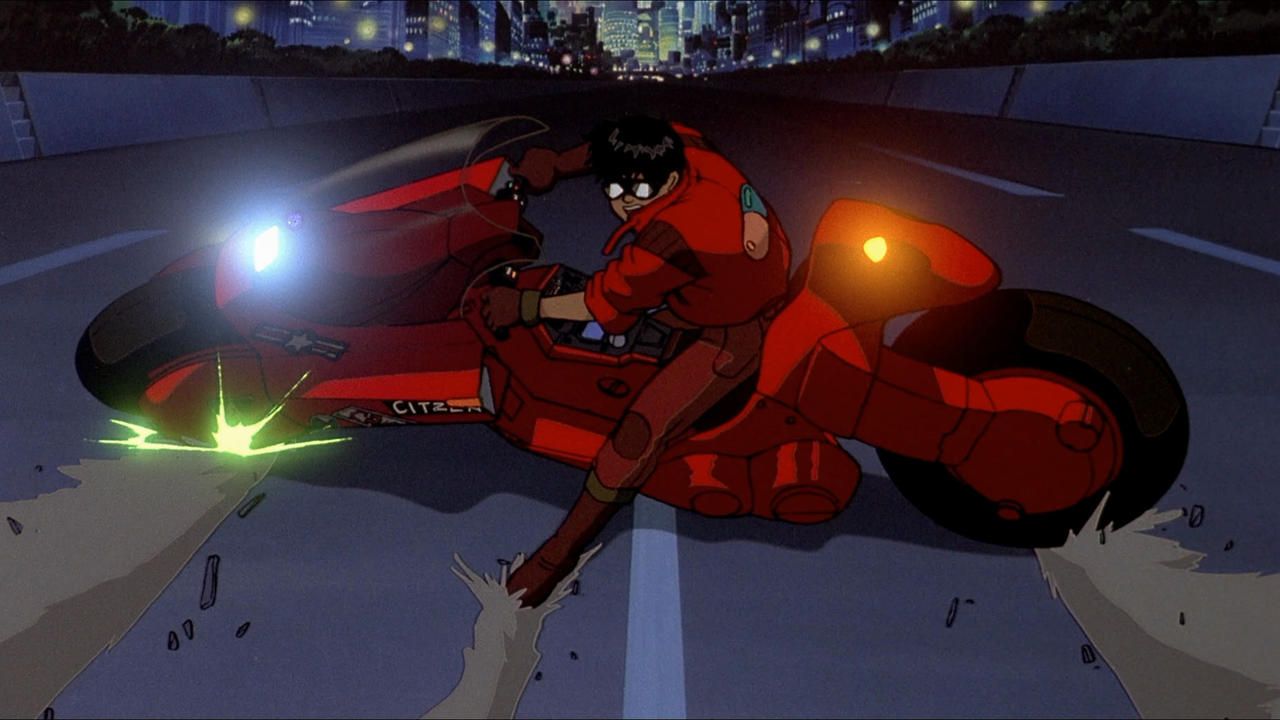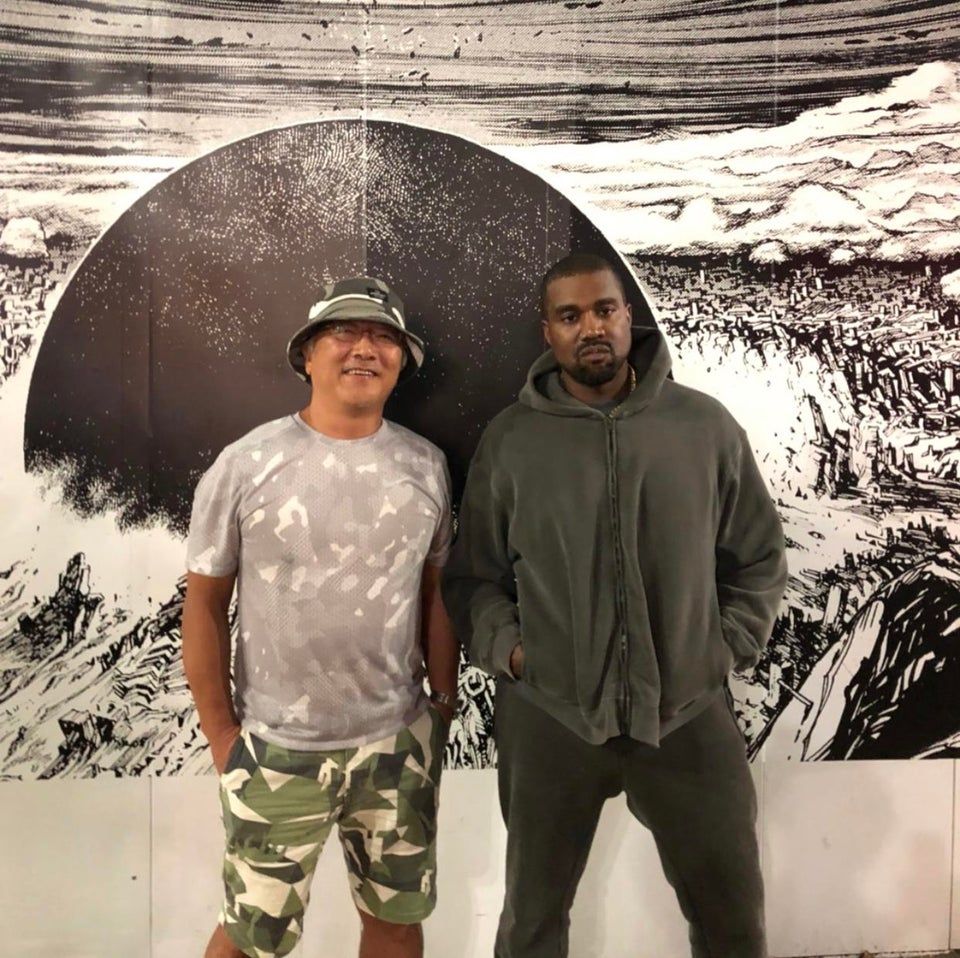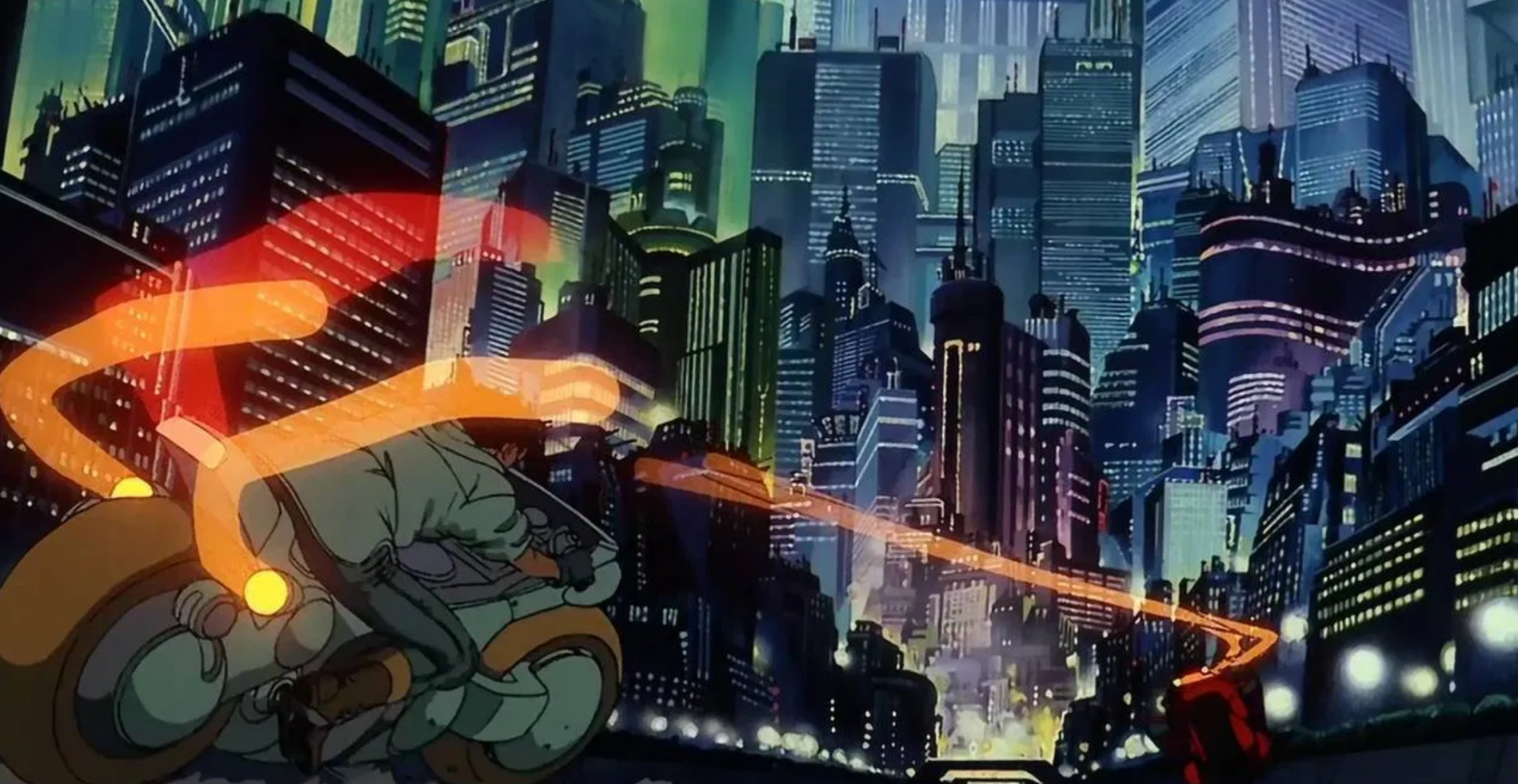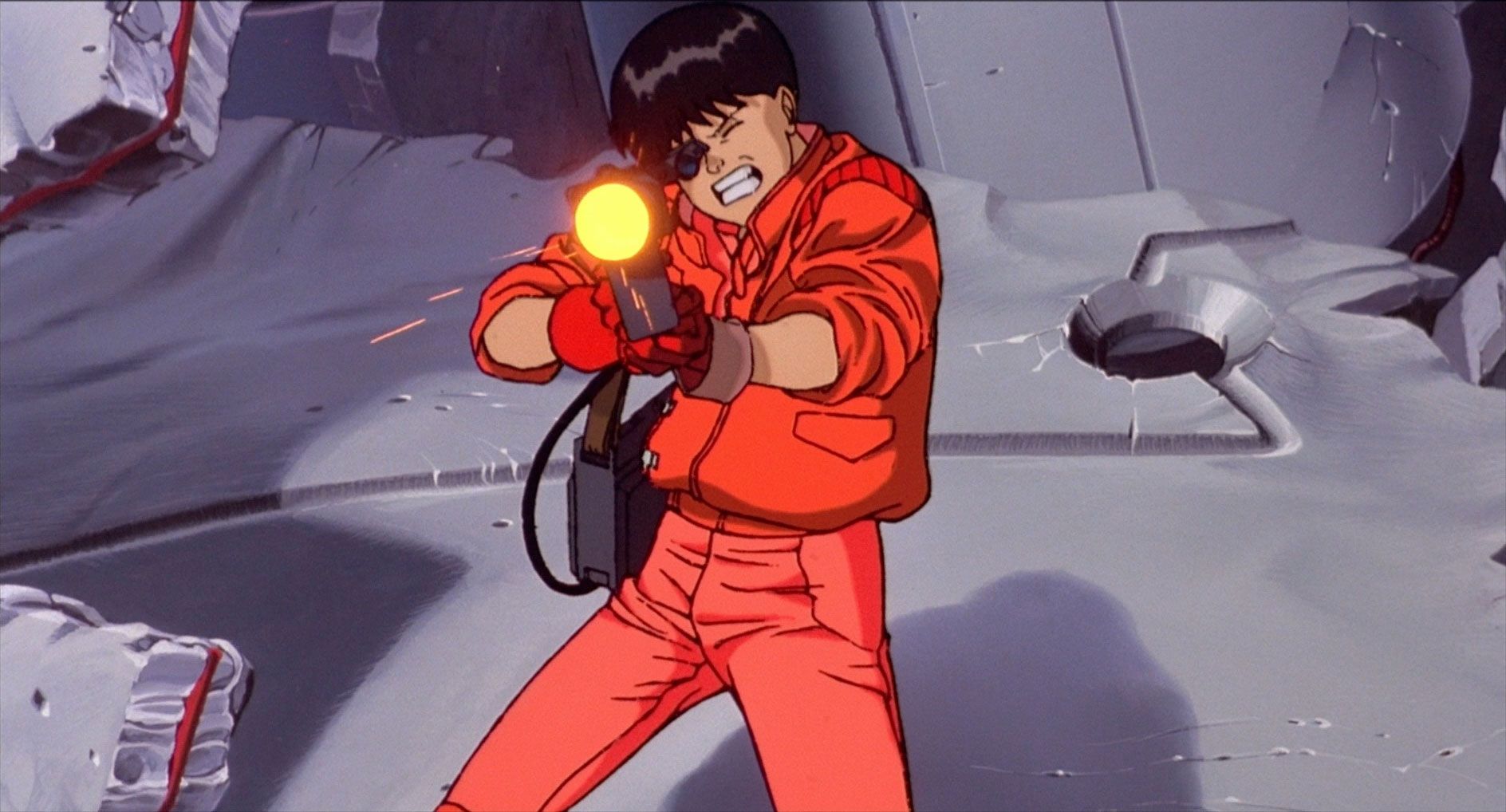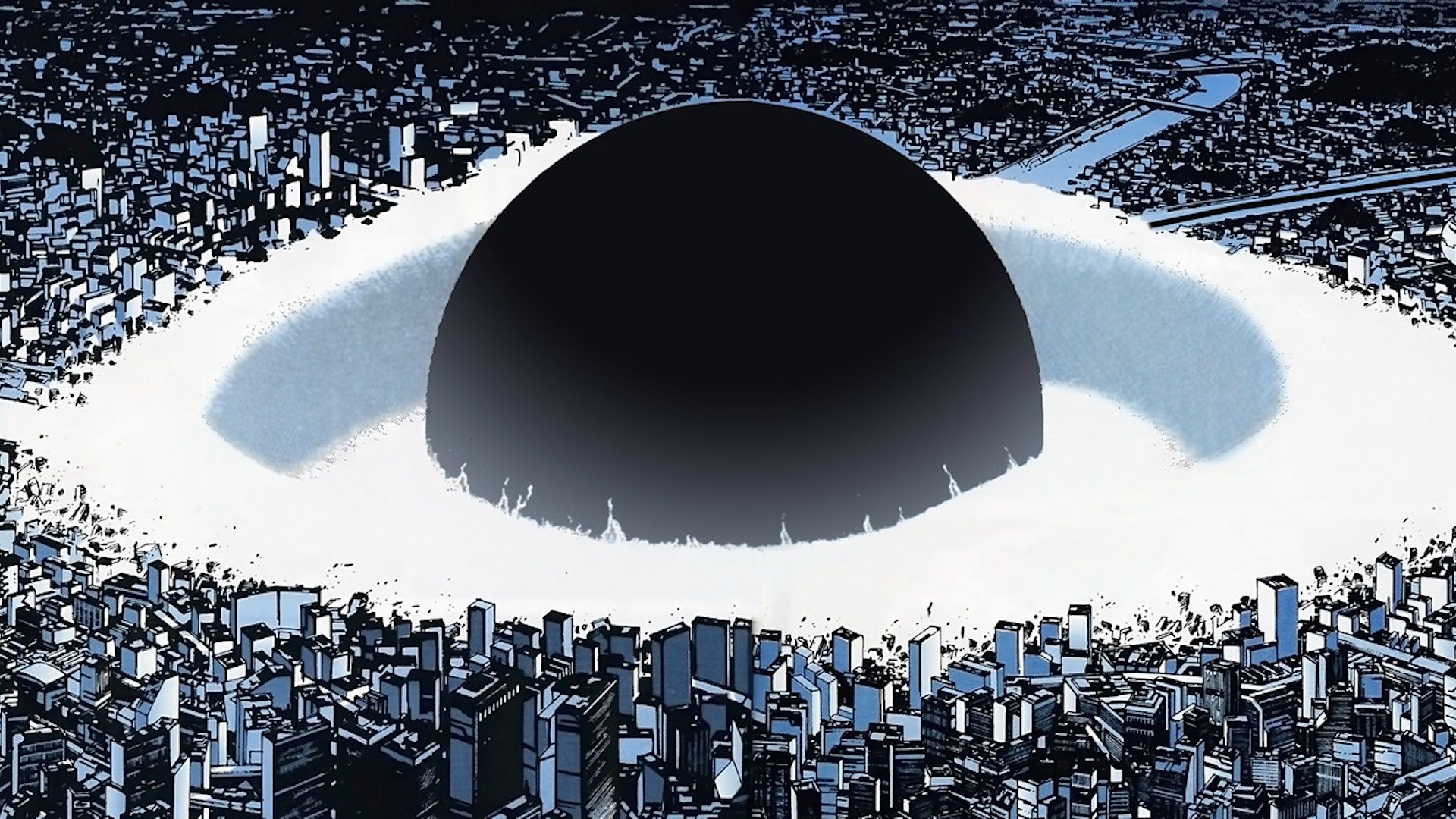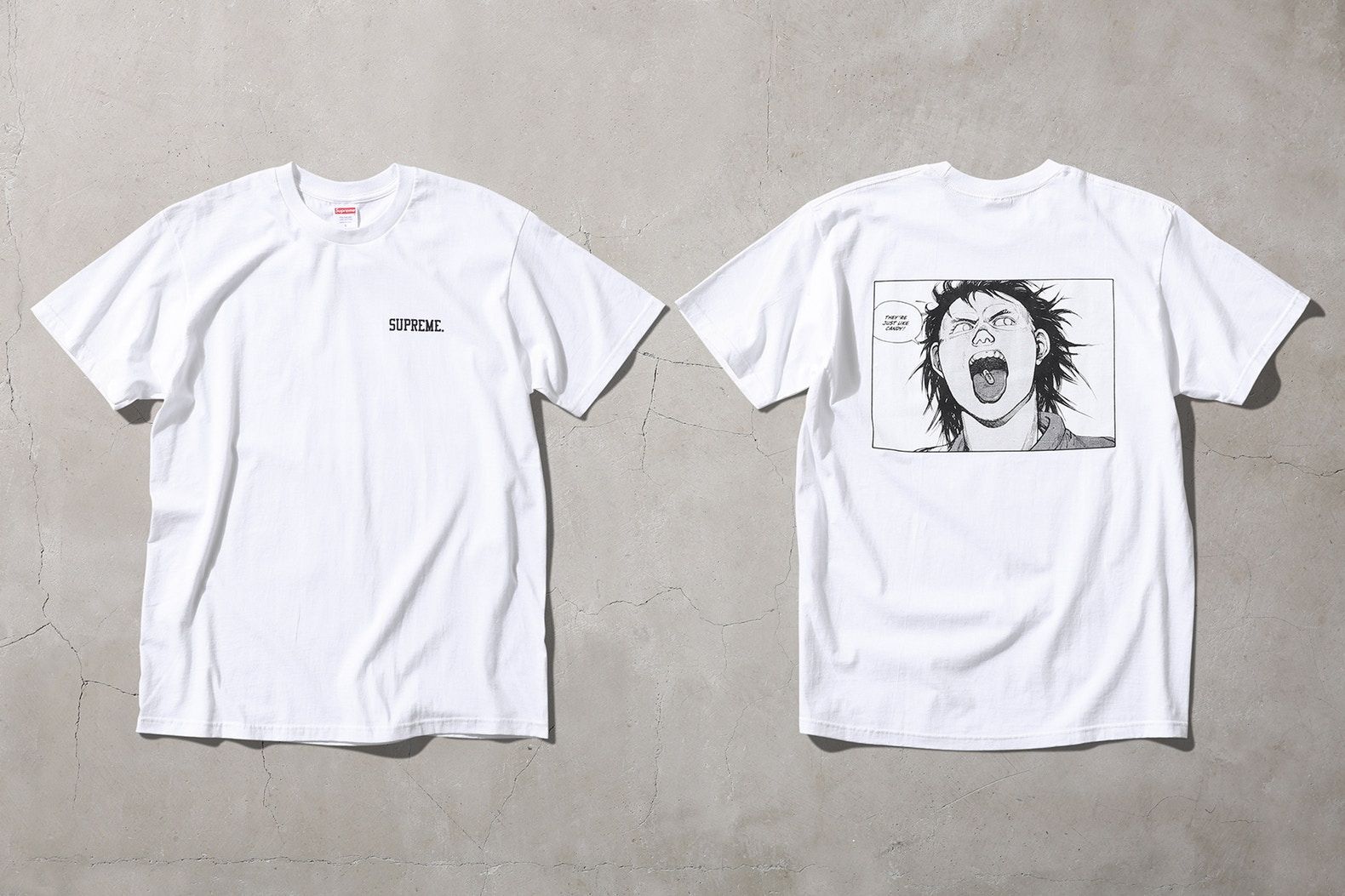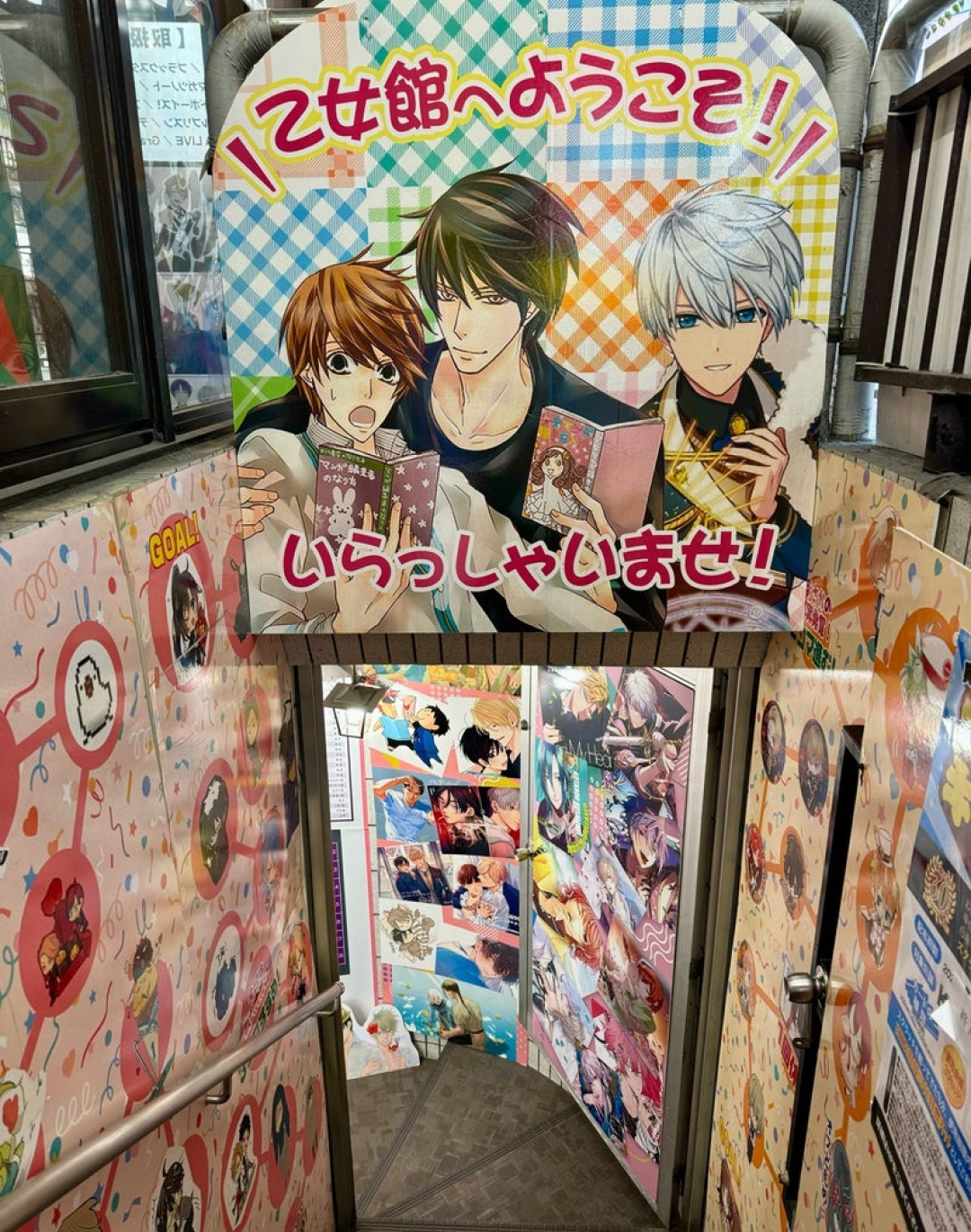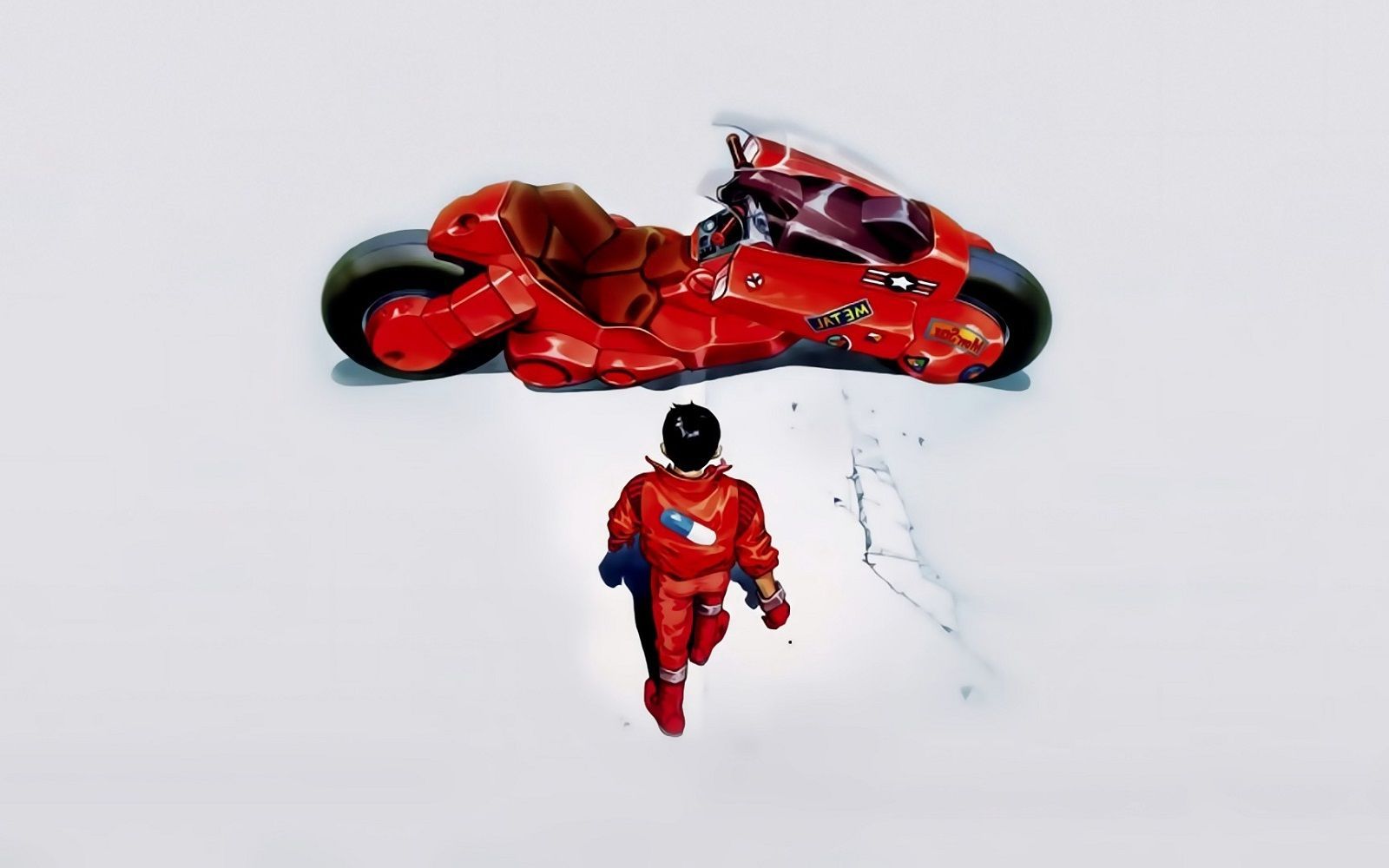
Why Akira is the most influential anime of all time After 35 years Akira is still the biggest obsession of Hollywood and Kanye West
If there is an almost impossible feat in today's Hollywood that everyone would like to accomplish, it would certainly be the big-screen adaptation of Akira, the anime of Katsuhiro Otomo released over thirty years ago, in 1988, grossing 49 million dollars worldwide, and still remains one of the main cornerstones of Eastern culture in the West. There are many reasons that led Leonardo DiCaprio, George Miller, Jordan Peele and Taika Waititi to approach Otomo's work in the hope of turning it into a live-action mega-production. And the best to sum them all was the journalist Hau Chu, who in a Washington Post article two years ago analyzed the film's cultural legacy by framing Akira as a precursor to that fictional sci-fi futurist style that we see today, for example, in the Marvel Universe.
What is Akira and why is it so relevant?
After a giant Big Bang destroyed Tokyo and kicked off World War III, in 2019 the streets of the renovated Neo Tokyo are teeming with revolting activists and biker groups. Among them is Tetsuo, part of a gang led by his friend Kaneda, who after meeting a child with the likeness of an elderly man named Akira will begin to develop incredible powers that will lead him to clash with the forces that control the civilization of the future.
When Akira arrived in theatres in 1988 with its load of atomic mushrooms and motorcycle gangs, the rest of the Eastern animation was still looking politely at the Japanese tradition with Studio Ghibli masterpieces, while in the West talking animals and enchanted forests were squeeing in Disney productions, Warner Bros. and Hanna-Barbera cartoons. Thanks to its rawness and novelty, the story of Katsuhiro Otomo managed to fascinate thousands of spectators from one side of the world to the other, bringing to the big screen a colourful, alive and dangerous world. If Western audiences could recognize Otomo's passion for science fiction classics such as Blade Runner and Tron, the eastern audience was reviewing in Akira's history that of Japan itself on which the spectre of the Hiroshima atomic bomb hovered.
It took about 10 million dollars and a consortium formed by some of the Japanese entertainment giants to create more than 160,000 animations brought to life without the use of any computers. An incredible achievement, combined with the use of a pre-recorded voiceover (able to eliminate the puppet effect typical of many animated products of the time) made Akira a magnificent visual spectacle: from the pulsating lights of Neo-Tokyo to the trails of the bikes of Tetsuo and Kaneda, the spectators were faced with something never seen before. "It was something bigger in all respects: the gigantic images on the cinema screen, the durability, the ambition and the soundtrack," recalls Christopher Bolton, a professor at Williams College and author of the book Interpreting Anime.
If Tetsuo and Akira represent the memory and threat of nuclear war, it is the outline themes that make the Otomo anime universal and breaking. Violence, political corruption and lost youth are some of the many points touched by a work that has brought cyberpunk dystopia into the anime world paving the way for products such as Cowboy Bebop, Neon Genesis Evangelion and Ghost in the Shell. A path made of technical and visual innovation originated from an unprecedented investment that opened a niche product such as comics or anime to a much wider audience, introducing it fully into pop culture and enriching it with unusually deep themes against the background of a post-apocalyptic and cyberpunk context light years away from the rest of the animated productions of those years.
Kanye West, Steven Spielberg and Neo-Tokyo
Akira has become a reference point for the pop culture of the last thirty years, quoted and imitated everywhere. Kaneda's bike appears in Steven Spielberg's Ready Player One (which in 1987 had declined along with George Lucas to distribute the anime in the United States), but directors such as Rian Johnson and the Duffer brothers cited Otomo's work as a direct influence for Looper and Stranger Things. The one who has elected Akira to the best film in history is Kanye West, who during his career has not missed an opportunity to remind us of his love for the anime of Katsuhiro Otomo, named by Ye among his two favourite films of all time together with There Will Be Blood.
West's career is actually heavily influenced by the aesthetics and themes of Akira, which have inspired the Chicago artist in all his creative fields. Stronger's video is the best-known example, but even in his work in fashion, Kanye has very often allowed himself to be influenced by the shapes and colours of the garments chosen by Otomo for his characters, as also witnessed by the Instagram account @churchofyeezy in his collections. Fashion and streetwear did not miss the opportunity, creating more than once collabo or capsules inspired by the anime. Supreme is the most important brand, with the Akira-inspired collaborative items present in the 2017 collections, but also READYMADE and nana-nana (both Japanese brands) have used the images of Kaneda and Tetsuo for their collections. The same characters, with their fit and their style, have become style icons, providing inspiration for many matches and silhouettes.
After the accusations of whitewashing and the subsequent flop of the live-action adaptation of Ghost in the Shell Hollywood seemed intent on continuing with attempts to adapt Akira by giving the role of director to Taika Waititi, but clashing with two problems not least: the fate and irreproducibility of the art. The film, in fact, was frozen in the pre-production phase when Waititi committed to directing Thor's franchise fourth film for Marvel Studios and, although it will probably be made at some point, it is likely that Warner Bros. isn't' in too much of a hurry, given the history of failure that American adaptations of Japanese anime have always had.











































